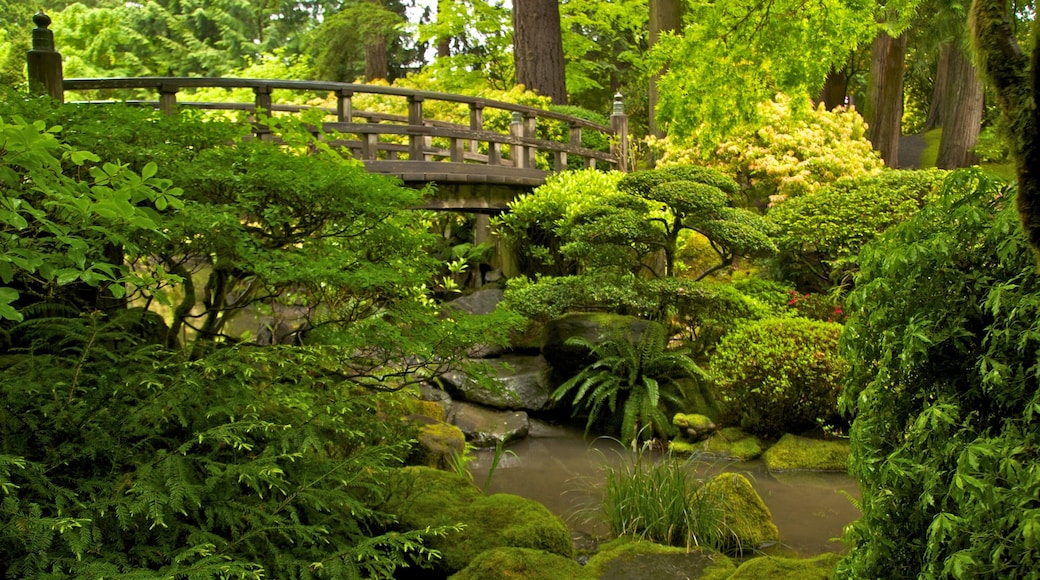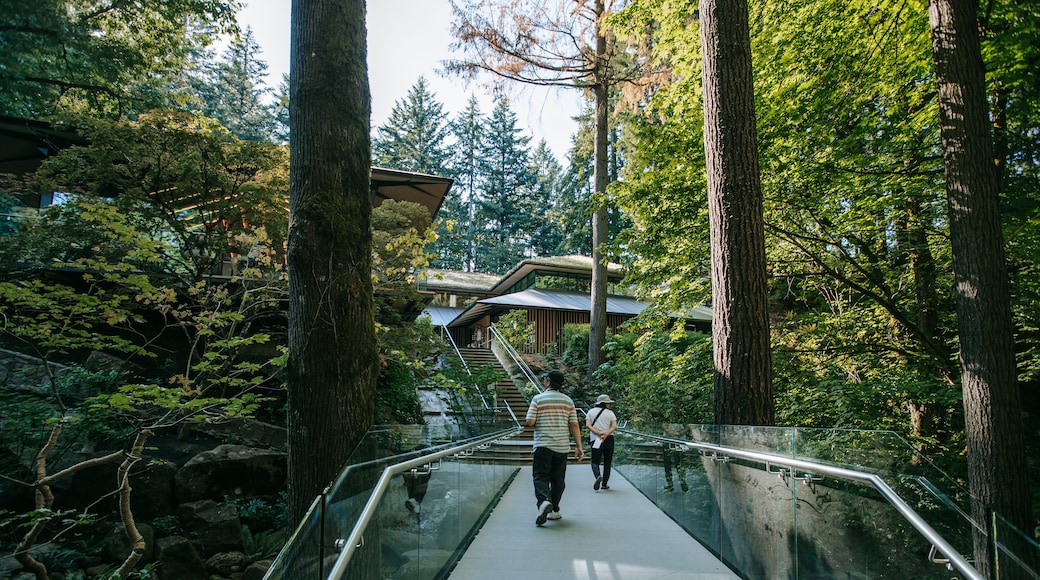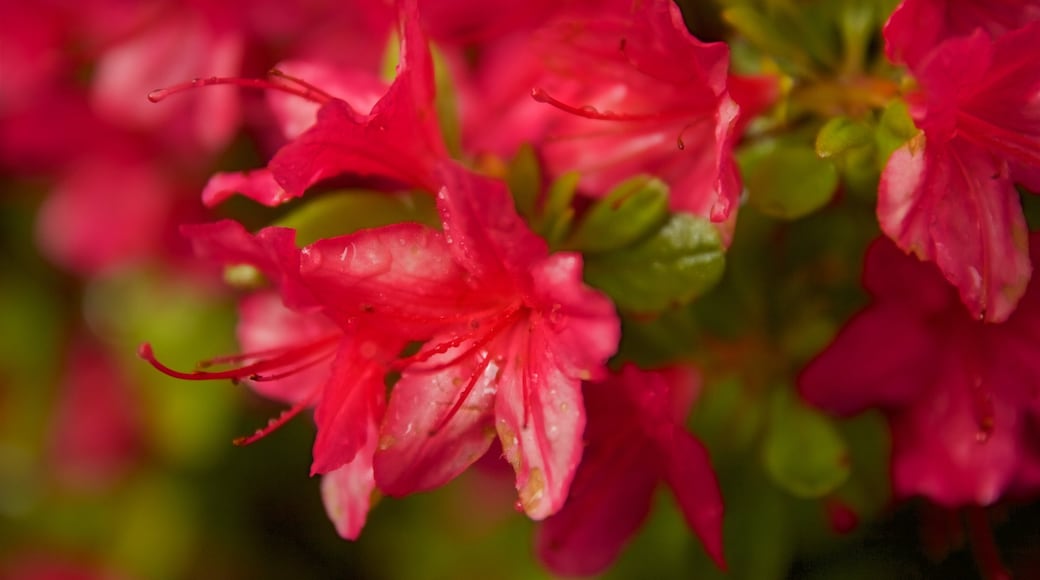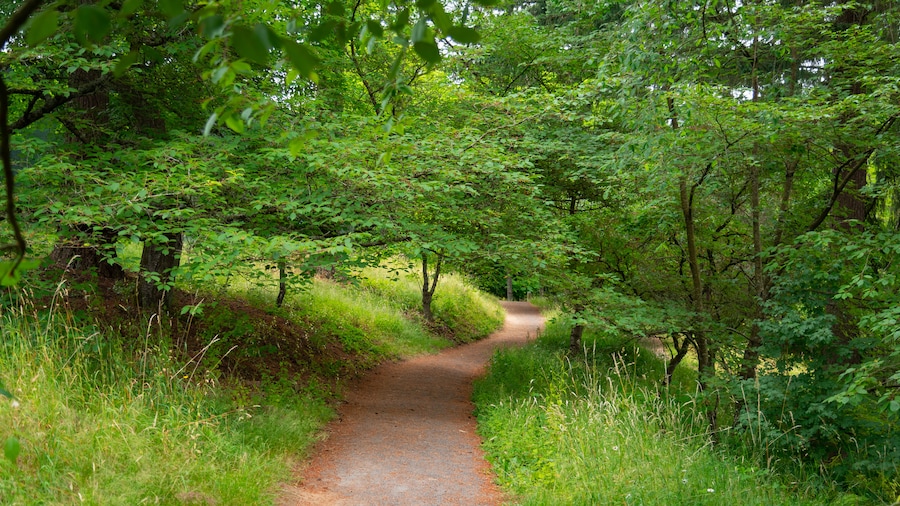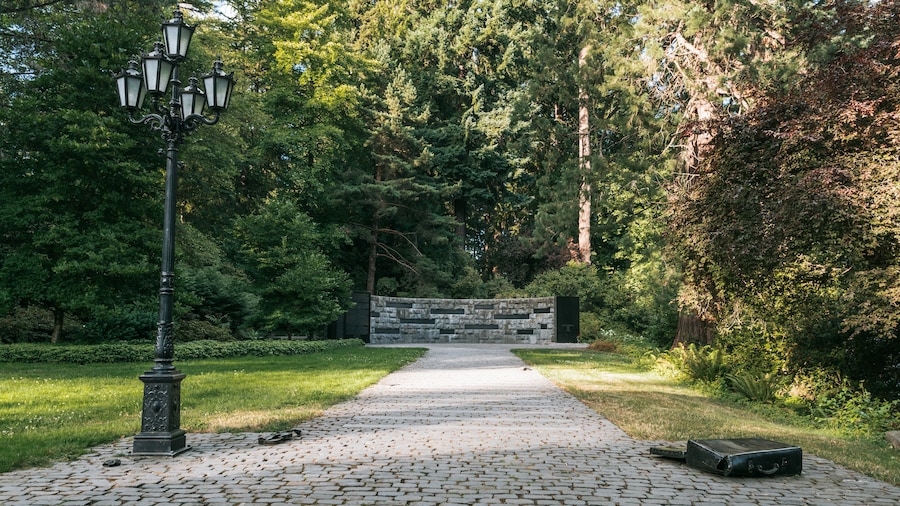Votre promenade parmi les cinq espaces distincts du Portland Japanese Garden vous amènera naturellement à ralentir le pas. Bien souvent, la beauté réside dans les détails et non dans l'ensemble. Ce jardin mérite que vous lui accordiez au moins deux heures.
Remarquez la mousse qui recouvre les pierres du jardin naturel (Natural Garden), tel un symbole de l'harmonie entre la nature et la technique humaine. Observez les lignes créées par le râteau dans l'espace Sand and Stone (de sable et de pierres), tracées à la manière des jardins zen des monastères japonais.
Venez admirer les cerisiers et les azalées du jardin plat (Flat Garden) au printemps, ou encore les feuilles d'érable et leurs couleurs flamboyantes en automne. Ces couleurs audacieuses soulignent l'importance accordée au passage des saisons dans la culture japonaise.
Le Strolling Pond Garden, ou jardin de promenade aquatique, est le plus grand des cinq espaces. Partez à la découverte des pierres disposées de façon à représenter la constellation de la Grande Ourse, de la lanterne de pagode millénaire et du pont lune construit à la main. Le Tea Garden, jardin du thé, vous permettra de vous immerger dans la culture japonaise. Des cérémonies du thé traditionnelles y sont organisées le troisième samedi de chaque mois.
Les principaux événements culturels japonais sont célébrés tout au long de l'année. Vous pourrez notamment assister à la fête du Nouvel An, au festival Moon Viewing (contemplation de la Lune) ou encore à la cérémonie Obon. Cette dernière est l'une des principales cérémonies bouddhistes du Japon. À cette occasion, les familles honorent leurs ancêtres au cours d'un repas. Le programme Art in the Garden (l'art au jardin) comblera les amateurs d'art.
Si les formes naturelles et la sérénité des jardins vous inspirent, inscrivez-vous à un atelier de jardinage. Vous y apprendrez à tailler, à couper et à planter. Faites-vous plaisir et achetez un objet de décoration japonais à la boutique de souvenirs. Vous y trouverez de tout: des théières, de l'encens et des livres sur la composition florale.
Les visites guidées publiques des jardins durent 45minutes et ont lieu trois fois par jour. Le prix est inclus dans le billet d'entrée. Le jardin est ouvert le lundi de midi à 16h00 et du mardi au dimanche de 10h00 à 16h00.
